

While Heroes of the Storm might seem like your typical MOBA, it’s vastly different from what most players are used to with League of Legends and Dota 2. Instead of one core map, Blizzard is constantly introducing new battlegrounds that all require team coordination instead of relying on individual player skill. Additionally, all experience is shared, making Heroes of the Storm even more team centric. With the recently flood of beta invites it’s obviously clear that many players still haven’t quite grasped the concepts of Heroes of the Storm or the meta for ranked play. In this guide we’re going to look over some of the most important aspects of Heroes of the Storm and focus more on the minor details that are going to win games, instead of giving an overview on how to play competently.
Take everything you think you know about classic MOBAs and forget it. Treating any Heroes of the Storm map like it’s Summoner’s Rift is going to end very badly. First off, lanes are not a stable concept and a there’s no such thing as a dedicated jungler. Lane compositions can vary dramatically but is usually something along the lines of 2 solo players and a trilane bottom or top. Where the trilane is can have a dramatic impact on the flow of the game. Regardless of where team members end up, the most important factor is that there is always someone in each lane, unless a major objective spawns, until the team hits level 10.
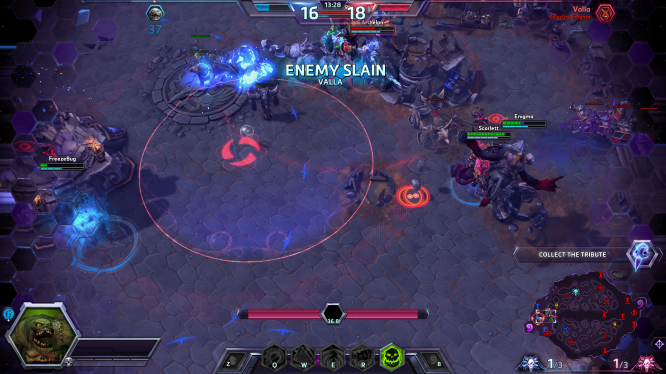
Failing to communicate is going to leave you respawing more often than not.
Killing the enemy team is always a positive, but due to the experience being spread across the entire team the impact of a single kill is generally negligible. What does make the difference is killing a player in a solo-lane deprives the enemy of all the experience that creeps would normally generate. This makes ganking the enemy players in solo-lanes significantly more effective early on in the match than lanes with multiple players. However, in order to minimize damage, players need to rotate to that empty lane immediately and soak as much experience as possible.
Because there are no items in Heroes of the Storm, experience is one of my biggest determining factors in who wins or loses a team fight. Every 3 levels players gain access to a new talent point, which can have a dramatic impact on the outcome of a team fight. Furthermore, levels 10 and 20 are especially crucial due to granting the heroic ability and either modifying that heroic or providing a huge boost in other areas. Regardless of which talent tier the difference happens to be, it’s always a bad idea to fight with a disadvantage. The difference between 16, which grants another important talent, and 15 is significantly more so than 15 and 14. Being aware of important talents can allow your team to press the fight and force the enemy team to either engage a losing battle or simply give up a key objective.
When it comes time to venture into the competitive scene, or even just Hero League, it’s crucial to understand how basic team compositions work. It should be obvious that 5 assassins or 5 supports aren’t a good idea, but there are still many players who pick heroes based on their wants rather than the team’s needs. The standard team composition is 3 assassins or specialists, 1 support and 1 tank. However, there are also variants that include two tanks or two supports that work very well with proper coordination. Moreover, there are also heroes with misleading roles that don’t quite fit into any one category. Two examples are Tyrande and Tassadar. Both of these characters are labeled as a “support,” but instead of bringing strong healing they provide insane amounts of utility while also dealing moderate damage to the enemy team. This means that although both of these heroes fit into most team compositions, they shouldn’t be relied on to either be the sole damage dealer or healer.
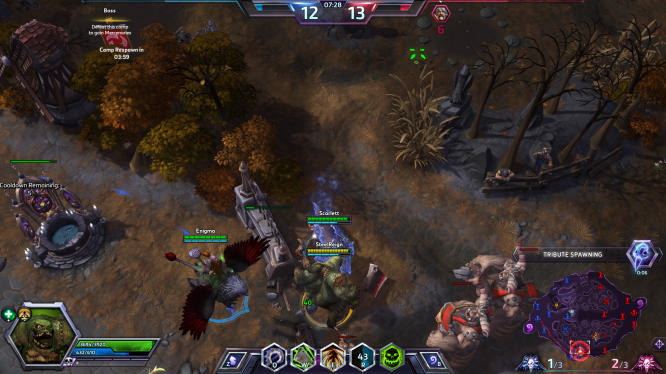
An ill-timed tribute spawn can force a team out of position and allow for an ambush.
In Hero League, coordinating picks with your team can make the difference between a win and loss. Many heroes simply aren’t any good when picked in solo queue because they require solid teamwork to correctly pull off. Two of the worst picks in solo queue right now are Nova and Abathur. While Nova brings a substantial amount of damage she also forfeits a significant amount of lane presence for whatever team she’s on. Additionally, she’s quite squishy and doesn’t have a reliable method of escape or damage mitigation. That being said, a good Nova can cripple the enemy team and easily pick off injured heroes, but without proper timing or communication she’s more likely going to leave your team in a 4vs5 scenario. In contrast, Abathur adds a significant amount of lane presence with his constant barrage of minions and toxic nests, but his presence is team fights can be negligible if his symbiote isn’t utilized properly. Furthermore, neither of his heroic abilities makes up for this in team fights as the Evolve Monstrosity is more focused on pushing lanes than engaging heroes and Ultimate Evolution isn’t as impactful after losing the ability to copy teammate’s heroic abilities.
There are various other heroes that are considered lower tier and obviously some that are seen almost every game, but just because a hero is considered top tier doesn’t mean that it’s always the best choice or even that it fits everyone’s play style. Instead of searching the forums for what everyone thinks are the best heroes, it’s usually better to master heroes that you’re already good at and enjoy to play. Illidan might be one of the best heroes in the game right now, but if you’re constantly dying due to overextending then maybe someone safer, such as Valla or Sylvanas, might be a better pick. Additionally, learning the best skill builds can make or break a hero. Just because one particular build is the most popular doesn’t make it the best for every situation, but if the Viking’s “Longboat Raid!” ability, for example, is picked 95% of the time and wins 61% of the time it’s probably the better choice.
How the major objectives in each Heroes of the Storm battleground is handled will likely determine the outcome of the game. Even if your team is destroying the enemy in kills and pushing down more turrets, one misplayed curse or grave golem can completely turn the game around. One of the best ways for preventing an unfortunate turn of events is understanding when the objective for each map is going to spawn. Unfortunately, some of the objectives work on random timers, but most at least follow an approximate time range, and knowing when, or where, they’ll spawn can give your team a huge position advantage.
On Blackheart’s Bay, the doubloons are the clear objective, but mercenary camps can also play a big role. The initial set of chests spawn after 50 seconds and then in 150-210 second intervals. A 60 second gap is quite large so it’s difficult to setup key plays after the first round of chests. There are two specific strategies for the initial chest spawn, with the first having 4 players instantly clear the top wave of minions and then converge on the chest location as it spawns in order to prevent lost experience while putting up a fight for coins. The second strategy is to have 1-2 players wait in the concealed area near the bottom chest and engage the lone enemy after they’ve committed to the chest. Players with disables, such as Uther, are usually best suited for this task. The second strategy is usually more risky and often requires conceding the top chest, but it also damages the enemy experience gain in the bottom lane.
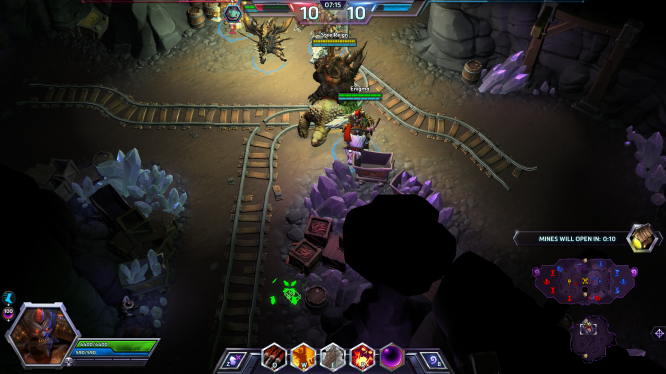
Having proper positioning in the mines can lead to a stronger grave golem and better team fight.
The most random map, and likely the one with the most devastating effect, is the Cursed Hollow. Tributes required to activate the curse can spawn in 1 of 6 locations, follow a set of rules, and spawn in sets of 3. First, the tribute can’t spawn in the same location twice. Second, not all 3 tributes can spawn on the top or bottom of a map. This means if the first two tributes are top then the third must be bottom. Third, the top and bottom spawn locations are fairly similar and tributes won’t spawn on the same vertical line. These rules reset after every three tribute spawns. The Cursed Hollow is one of the few maps where it can be preferential to not contest the objectives. Alternatively, sending one or two players to harass the enemy team while the remaining three soak lane experience can provide a team with a huge boost. One strategy is to delay the enemy team but eventually give up the first two tributes while obtaining a moderate experience advantage from minions. If done correctly the team that used delaying tactics will be level 10 by the third tribute and will then be able to dictate the pace of the game from then on.
Dragon Shire, Garden of Terror, Sky Temple and Haunted Mines are quite a bit more consistent than the other maps. The shrines for Dragon Shire spawn after 1 minute and 15 seconds and then 2 minutes after the dragon has been killed. The first night fall on Garden of Terror is at the 90 second mark with subsequent night falls starting 3 minutes and 20 seconds after the last night has ended. On Sky Temple, the top and middle shrines always spawn at 1 minute and 30 seconds; each additional spawn will take place exactly 2 minutes after all temple shots have been fired. Finally, the Haunted Mines will open after 2 minutes and will reopen 2 minutes after the last grave golem is killed.
There are numerous, acceptable strategies for each map and team composition, but none of them work without proper communication. The best strategies in the world won’t work if the rest of your team doesn’t follow through, and five players committing to a bad strategy usually works out better than everyone doing their own thing. It’s nearly impossible to cover every tip and trick for Heroes of the Storm in a single guide, but the best lessons are usually learned by practicing and watching your fellow players. Good luck and hopefully we’ll see you in the Nexus.
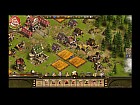

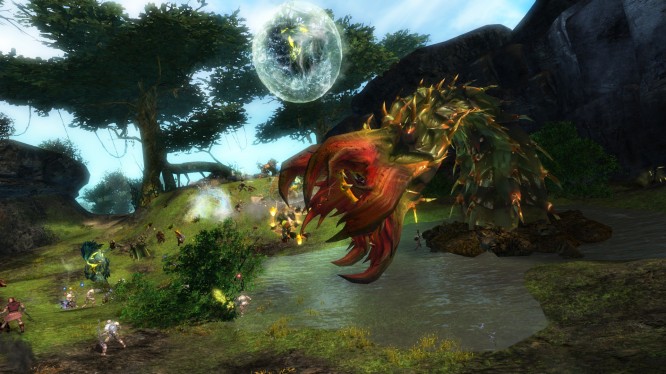
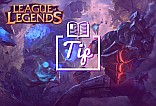
 Beta Data: June 5, 2015 .
Beta Data: June 5, 2015 .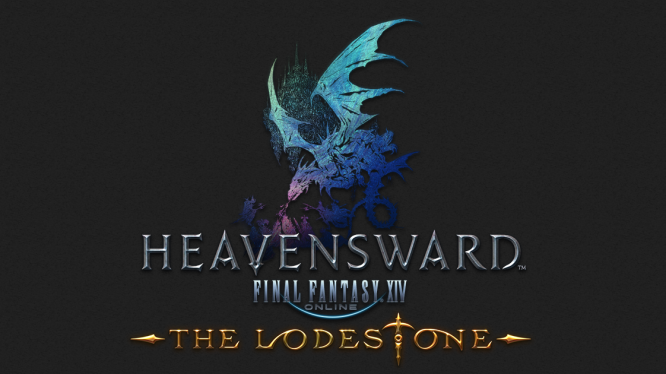 The Eorzean Evening Post: The Power of the Lodestone .
The Eorzean Evening Post: The Power of the Lodestone .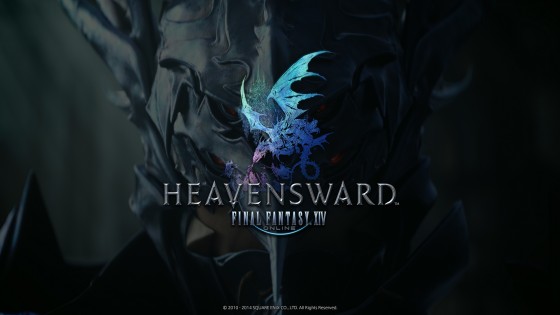 Top MMO Expansions of 2015
Top MMO Expansions of 2015 Dispatches From the Tower: Why You Should Give Destiny Another Chance .
Dispatches From the Tower: Why You Should Give Destiny Another Chance .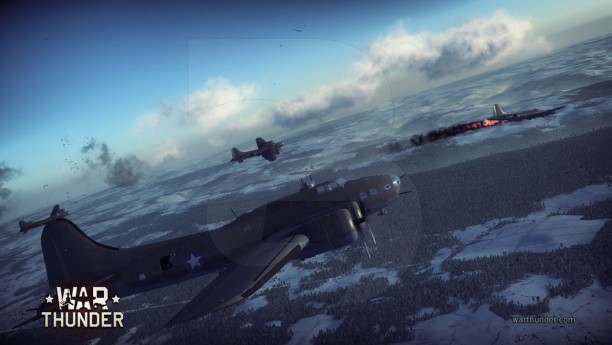 War Thunder: Being an Effective Bomber
War Thunder: Being an Effective Bomber